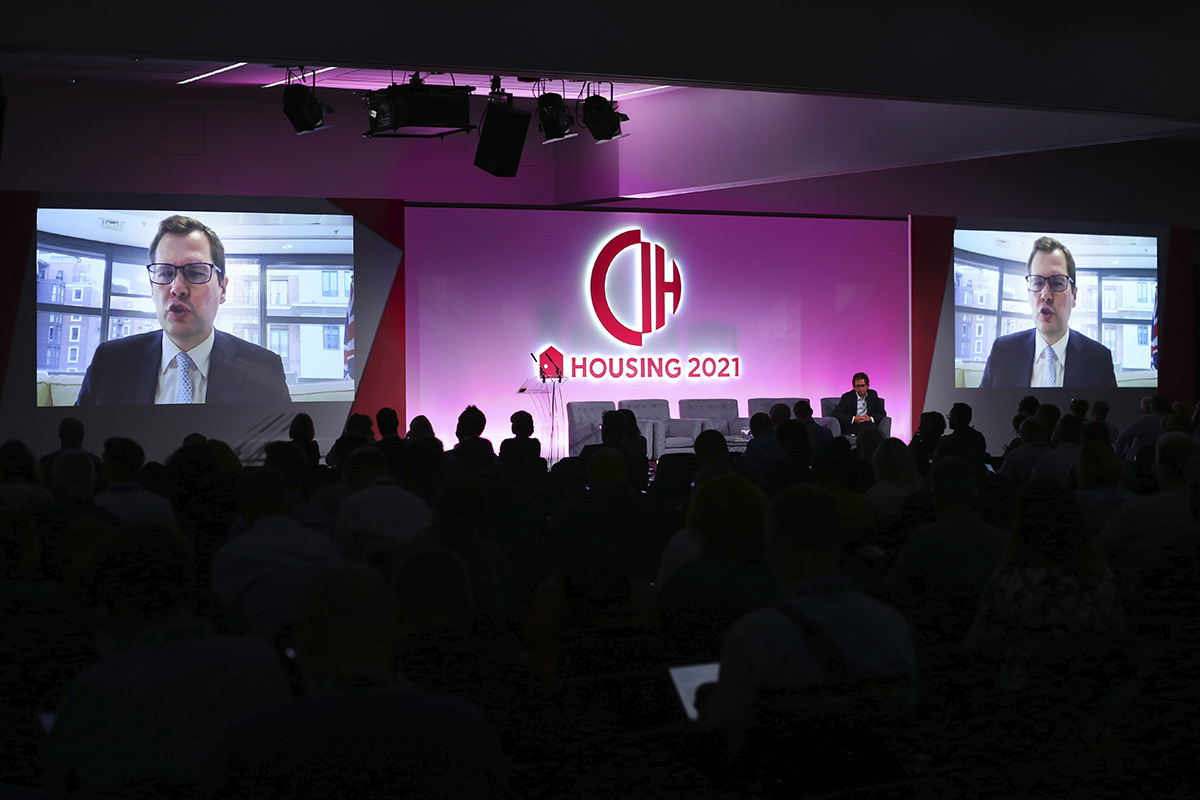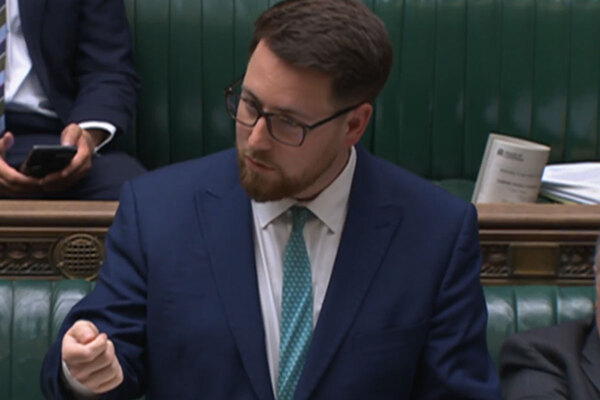You are viewing 1 of your 1 free articles
Councils to be given power to set new single Infrastructure Levy locally, says Jenrick
Local authorities are to be given the power to set their own rates under the new single Infrastructure Levy that will replace Section 106, the housing secretary has said.
Speaking at the Housing 2021 conference in Manchester yesterday, Robert Jenrick said he would be responding to the feedback on last year’s Planning White Paper within “weeks” and hinted at how the new Infrastructure Levy proposed in the paper might work.
He said the new levy, which will replace Section 106 and the Community Infrastructure Levy (CIL), will be “set by a local authority”, with councils having “great flexibility” over how they can spend receipts.
He said: “This places all of the cards in the hands of the council and the democratically elected councillors and they can set that up with the same level of funding they’re receiving today through [Section] 106 and CIL or higher, and in areas of higher land values, I suspect councils will go higher, perhaps significantly higher.”
The government’s Planning White Paper, which was published in August last year, originally said the new levy would be set “nationally” with a “single rate or varied rates”, however it appears the government has now scrapped this idea in favour of allowing councils to set their own rates.
Since it was first announced, key sector figures and trade bodies have expressed fear that a single Infrastructure Levy could lead to less affordable homes being delivered via the planning system than is done so via the current Section 106 system.
Section 106 agreements are negotiated between councils and developers as part of individual planning applications and see developers agree to deliver a certain number of affordable homes in order to obtain planning permission.
While Section 106 agreements are the biggest contribution to affordable housing supply in England, the system has also been criticised for leading to long delays on projects as the terms of agreements are negotiated.
Mr Jenrick said the new Infrastructure Levy is “the most significant change” he will announce when he responds to the Planning White Paper consultation in the coming weeks.
He said another “advantage” of the new levy is that it offers “complete transparency and certainty on the sums of money”.
It will be “very clear what the developer has to pay” and “there will be no way to wriggle out of it” except in the most “exceptional circumstances”, he added.
It is still unclear whether the new Infrastructure Levy will encourage developers to deliver affordable homes on site, as it does under the Section 106 process, rather than making a financial contribution.
The National Housing Federation has previously expressed fears that this change could lead to the end of mixed communities and a return to the “era of bolt-on estates”.











